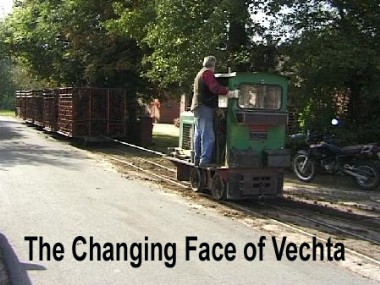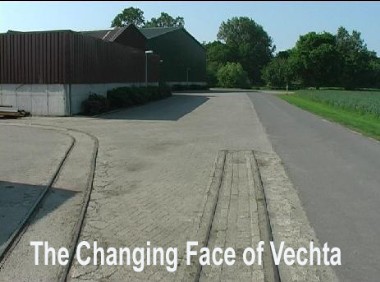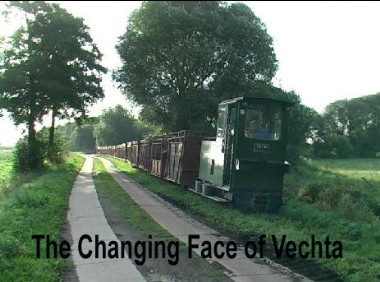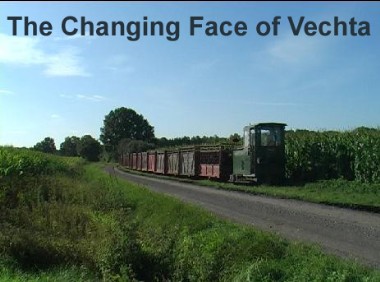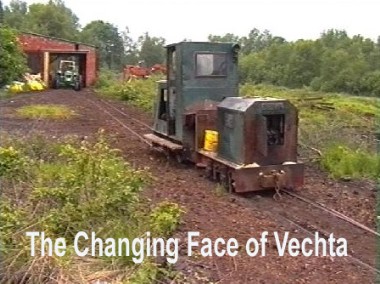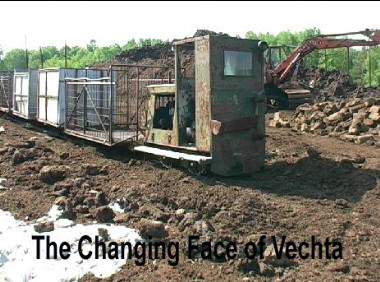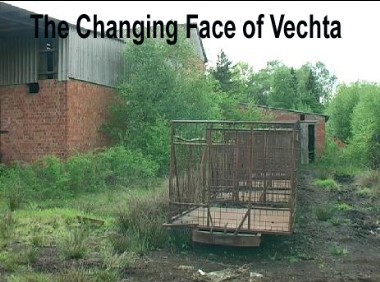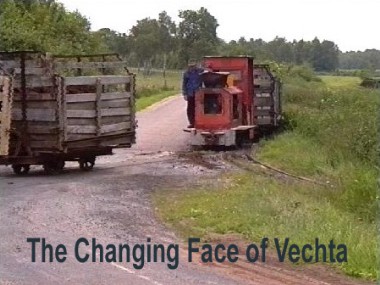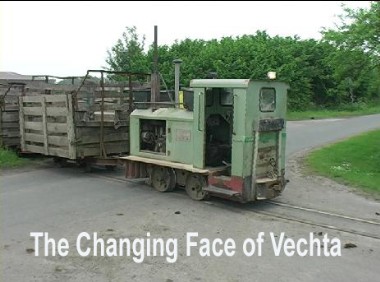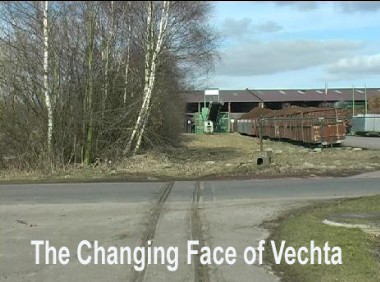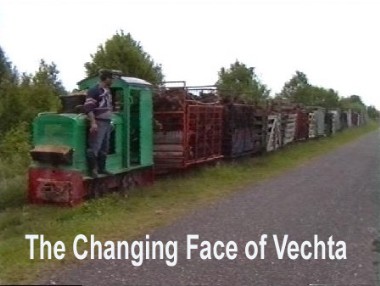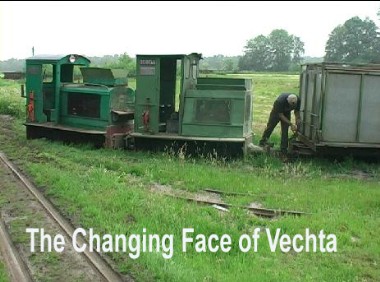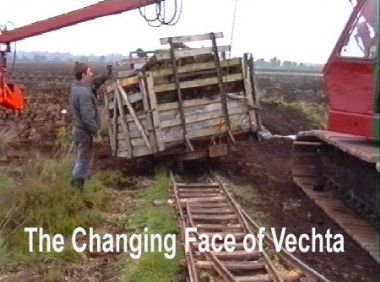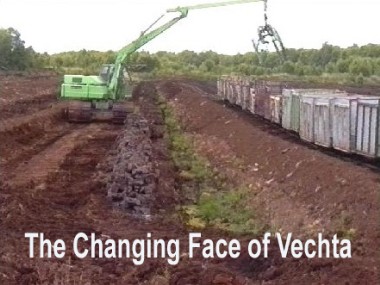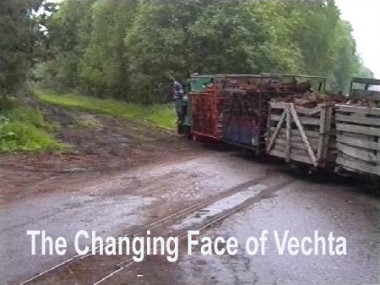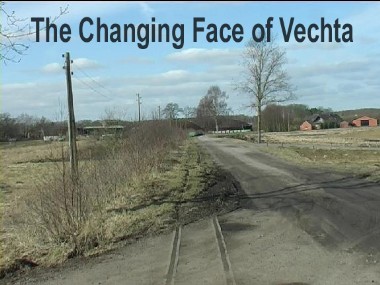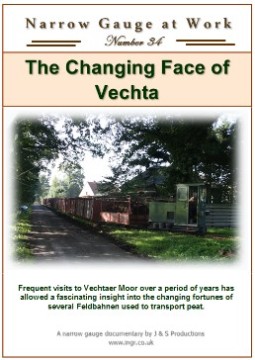
THE CHANGING FACE OF VECHTA
DVD Running Time: 68 minutes
The vast area of Grosses Moor to the east of Vechta in Germany is divided up into several distinct areas. Vechtaer Moor the western most section, has been the location of several peat companies using narrow gauge railways since the 1920s. From 1994 onwards many visits have been made to the railways at Vechtaer Moor and this DVD looks at the operations of these railways from 1994 to the present day, focusing on the changes that have been seen over the years.
All the railways featured are 600mm gauge, and unsurprisingly considering how close Vechta is to Diepholz, the motive power in use is by the works of Diema and Schöma.
The peat works of Gramman (Gramoflor), Zubrägel, Höne & von Lehmden, and Hellmann, one by one have all ceased railway use over the last few years, while the firm of Wichmann and Tabeling continues to operate it’s railway, even purchasing a new Schöma loco in 2010. Footage is seen at all these locations with the exclusion of Hellmann, which closed before the cameras were able to record operations there.
Please see below for stills from the production
